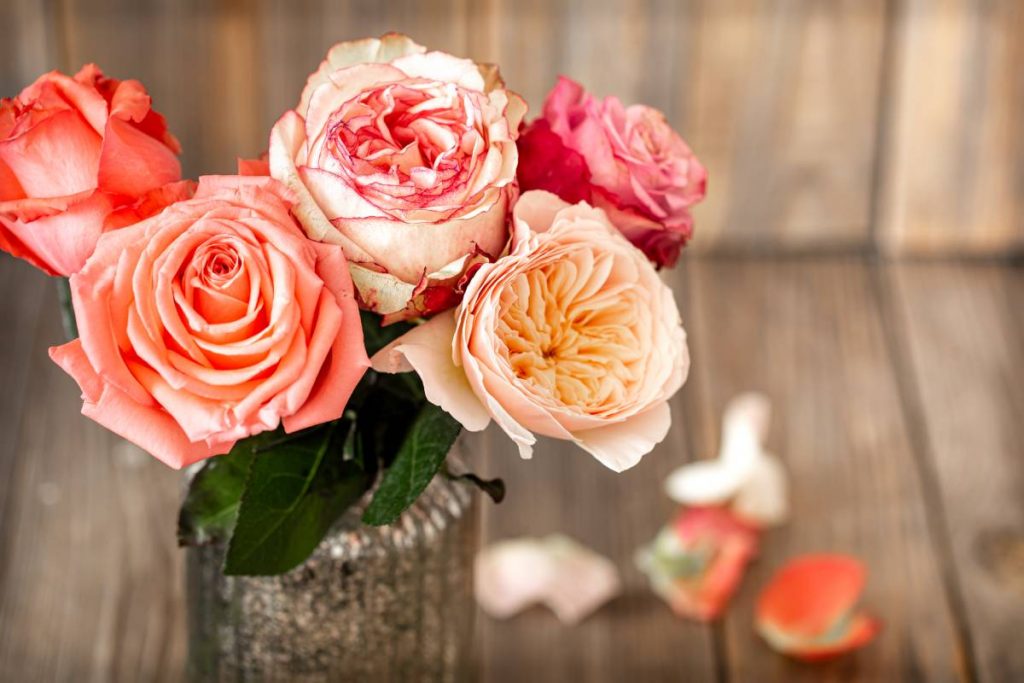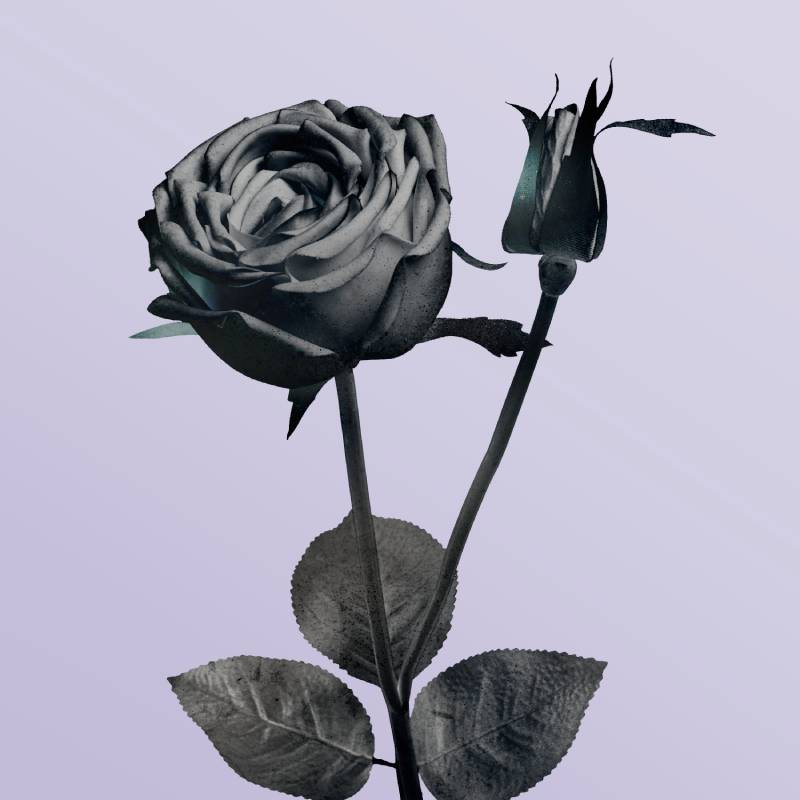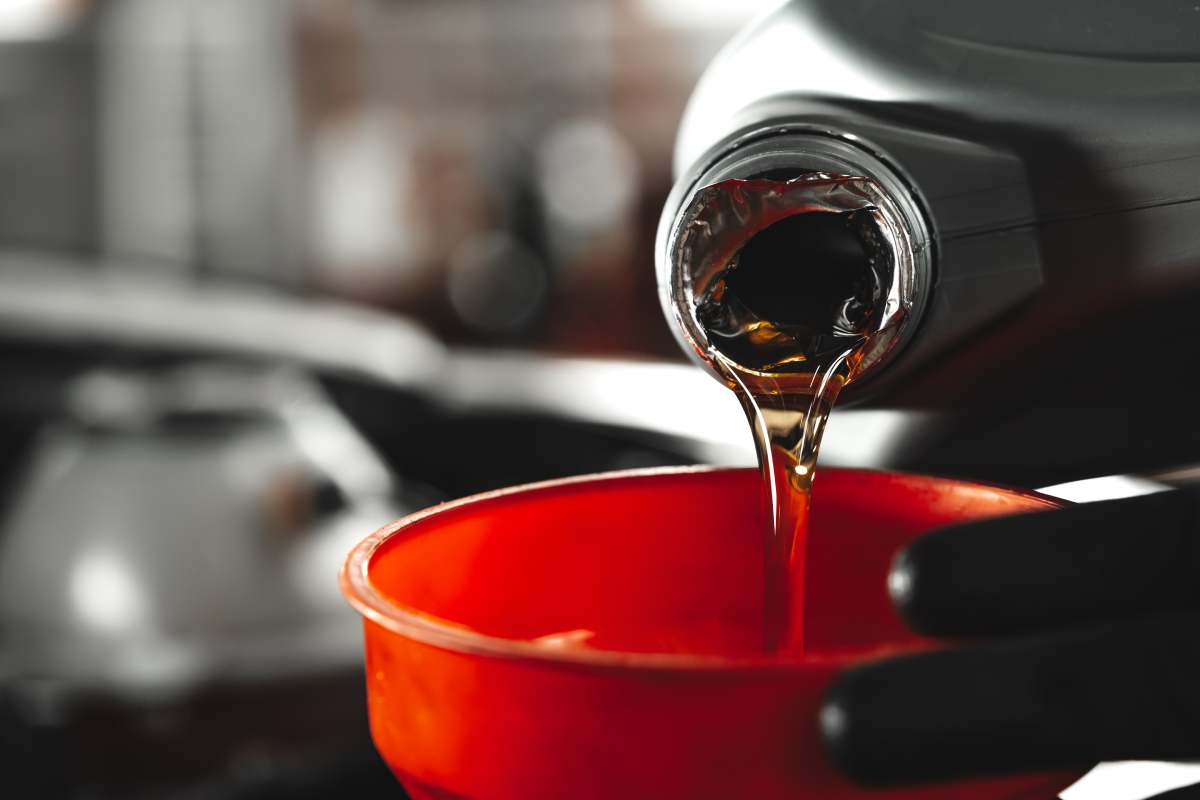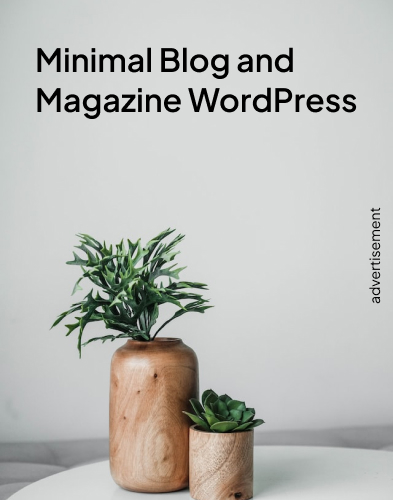
As Valentine’s Day approaches, the search for the perfect flowers to express love and affection is on. While roses often steal the spotlight as the quintessential Valentine’s Day bloom, it’s essential to consider all options to ensure your floral gesture truly captures the sentiment you wish to convey.
From the classic elegance of roses to the vibrant charm of tulips and the exotic allure of orchids, there’s a wide array of flowers to choose from. However, it’s equally important to be mindful of the symbolism associated with certain blooms to avoid sending mixed messages on this romantic occasion.
Let’s explore the best and worst flowers for Valentine’s Day, ensuring that your floral gift speaks volumes about your love and devotion.
But first, let’s get to know something…
Why do people give roses on Valentine’s Day?
Valentine’s Day, celebrated on February 14th every year, is a day dedicated to love and affection. It’s a time when people express their feelings for their loved ones through various gestures, one of the most popular being the giving of roses. But why exactly do people give roses on Valentine’s Day? Let’s explore the history and symbolism behind this timeless tradition.
Roses have been associated with love and romance for centuries, tracing back to ancient Greek and Roman mythology. According to Greek mythology, the rose was created by the goddess of love, Aphrodite, while in Roman mythology, it was linked to Venus, the goddess of love and beauty. This connection to love and beauty laid the foundation for the rose’s role in expressions of affection.
The tradition of giving roses on Valentine’s Day as a symbol of love is believed to have originated during the 17th century in England. It was during this time that the language of flowers, known as floriography, gained popularity. Each flower was assigned a specific meaning, and roses, in particular, became associated with love and passion.

Over time, the red rose emerged as the quintessential symbol of romantic love. Its vibrant colour and delicate petals came to represent deep emotions and heartfelt expressions of affection. When given on Valentine’s Day, red roses convey love, desire, and devotion, making them the perfect choice for expressing romantic feelings.
But it’s not just the colour of the rose that holds significance; the number of roses gifted can also convey different messages. A single red rose traditionally signifies love at first sight or a simple yet powerful expression of love. A bouquet of a dozen red roses is a classic gesture of romance and an expression of admiration and devotion. Beyond red roses, other colours carry their own meanings; for example, pink roses symbolize gratitude and admiration, while white roses represent purity and innocence.
In addition to their symbolic meanings, roses are also cherished for their beauty and fragrance, adding an extra layer of sensory delight to the gesture of giving and receiving them.
In modern times, the tradition of giving roses on Valentine’s Day has only grown stronger. It has become a universal symbol of love and affection, transcending cultural boundaries and languages. Whether exchanged between partners, friends, or family members, roses continue to serve as a timeless expression of love and appreciation on this special day.
When are roses associated with love?
Roses have long been associated with love, intertwining their delicate petals with the deepest expressions of affection and passion. But when exactly did this association begin, and why have roses become the quintessential symbol of love? Let’s delve into the history and cultural significance behind the timeless connection between roses and love.
The association between roses and love can be traced back through centuries of mythology, literature, and cultural practices. In ancient Greek and Roman mythology, roses were linked to love deities such as Aphrodite and Venus, enhancing their status as symbols of love and desire. According to legend, the rose was created by Aphrodite, the goddess of love, beauty, and desire, making it a natural choice to represent matters of the heart.
Throughout history, roses have been featured prominently in poetry, art, and literature as expressions of love and romance. In medieval Europe, the rose became a popular motif in courtly love poetry, symbolizing the beauty and passion of romantic relationships. It was during this time that the tradition of exchanging roses as tokens of affection began to take root, further solidifying the flower’s association with love.

The Victorian era saw the rise of floriography, the language of flowers, which assigned specific meanings to different types of flowers. Roses, with their diverse colours and delicate petals, became central to this symbolic language, with each colour carrying its own unique message. Red roses, in particular, came to symbolize deep romantic love and passion, making them the preferred choice for expressing heartfelt emotions.
Beyond their symbolic meanings, roses are cherished for their natural beauty and enchanting fragrance, which only serve to enhance their association with love and romance. The act of giving and receiving roses has become a universal gesture of affection, transcending cultural boundaries and languages.
Today, roses continue to hold a special place in celebrations of love and romance, with Valentine’s Day being one of the most popular occasions for their exchange. Whether exchanged between romantic partners, friends, or family members, roses convey sentiments of love, admiration, and appreciation in a timeless and elegant manner.
Do Valentine’s Day flowers have to be roses?
Valentine’s Day flowers don’t have to be roses! While roses are certainly the most iconic choice for Valentine’s Day, there are plenty of other beautiful flowers that can convey love and affection just as effectively. Here are some alternatives to roses for Valentine’s Day:
- Tulips: With their elegant blooms and vibrant colours, tulips symbolize perfect love and are a popular choice for Valentine’s Day arrangements.
- Lilies: Lilies are known for their graceful appearance and sweet fragrance. They symbolize purity and devotion, making them a meaningful choice for expressing love.
- Carnations: Carnations come in various colours, each with its own significance. Red carnations represent admiration and deep love, while pink carnations convey gratitude and affection.
- Daisies: Daisies are charming and cheerful flowers that symbolize innocence and purity. They are a delightful choice for expressing lighthearted affection on Valentine’s Day.
- Orchids: Orchids are exotic and luxurious flowers that symbolize love, beauty, and strength. Their unique appearance makes them a striking alternative to traditional Valentine’s Day blooms.
- Sunflowers: Sunflowers are bold and vibrant flowers that symbolize adoration and loyalty. They bring warmth and happiness to any Valentine’s Day bouquet.
- Peonies: Peonies are lush and romantic flowers that symbolize prosperity and a happy marriage. Their soft, ruffled petals make them a stunning choice for expressing love on Valentine’s Day.
Ultimately, the best Valentine’s Day flowers are those that hold personal significance to you and your loved one. Whether it’s roses or another type of flower, the most important thing is the thought and sentiment behind your Valentine’s Day gift. So feel free to get creative and choose flowers that resonate with your relationship and the message you want to convey on this special day.
What flowers should not be given on Valentine’s Day?
While there are no strict rules about which flowers should not be given on Valentine’s Day, it’s essential to consider the symbolism and meanings associated with certain flowers to ensure that your choice aligns with the message you want to convey. Here are a few types of flowers that might not be the best fit for Valentine’s Day:

- Yellow Roses: Yellow roses traditionally symbolize friendship and joy rather than romantic love. While they can be a thoughtful choice for expressing platonic affection, they might not communicate the romantic sentiment typically associated with Valentine’s Day.
- Black Roses: Black roses are often associated with themes of death, farewell, or mourning. While they can be intriguing and visually striking, their symbolism is not conducive to the celebration of love and romance on Valentine’s Day.
- Cacti or Succulents: While these plants have become trendy gift options in recent years, they may not be the most traditional choice for Valentine’s Day. Cacti and succulents are often associated with resilience and endurance rather than romantic love, so they might not convey the intended sentiment on this holiday.
- Dead or Wilted Flowers: Giving flowers that are past their prime or visibly wilted can send the wrong message on Valentine’s Day. It’s essential to choose fresh, vibrant blooms that symbolize life, growth, and the vitality of your relationship.
- Thorny Flowers: Flowers with thorns, such as certain varieties of roses or cacti, might not be the best choice for Valentine’s Day, as they can symbolize challenges or obstacles in a relationship. Opt for thornless varieties or flowers with a softer, more inviting appearance.
Eventually, the best flowers to give on Valentine’s Day are those that hold personal significance to you and your loved one, as well as those that align with the romantic sentiment of the holiday. If in doubt, you can always consult with a florist who can help you choose the perfect blooms to express your love and affection on this special day.









